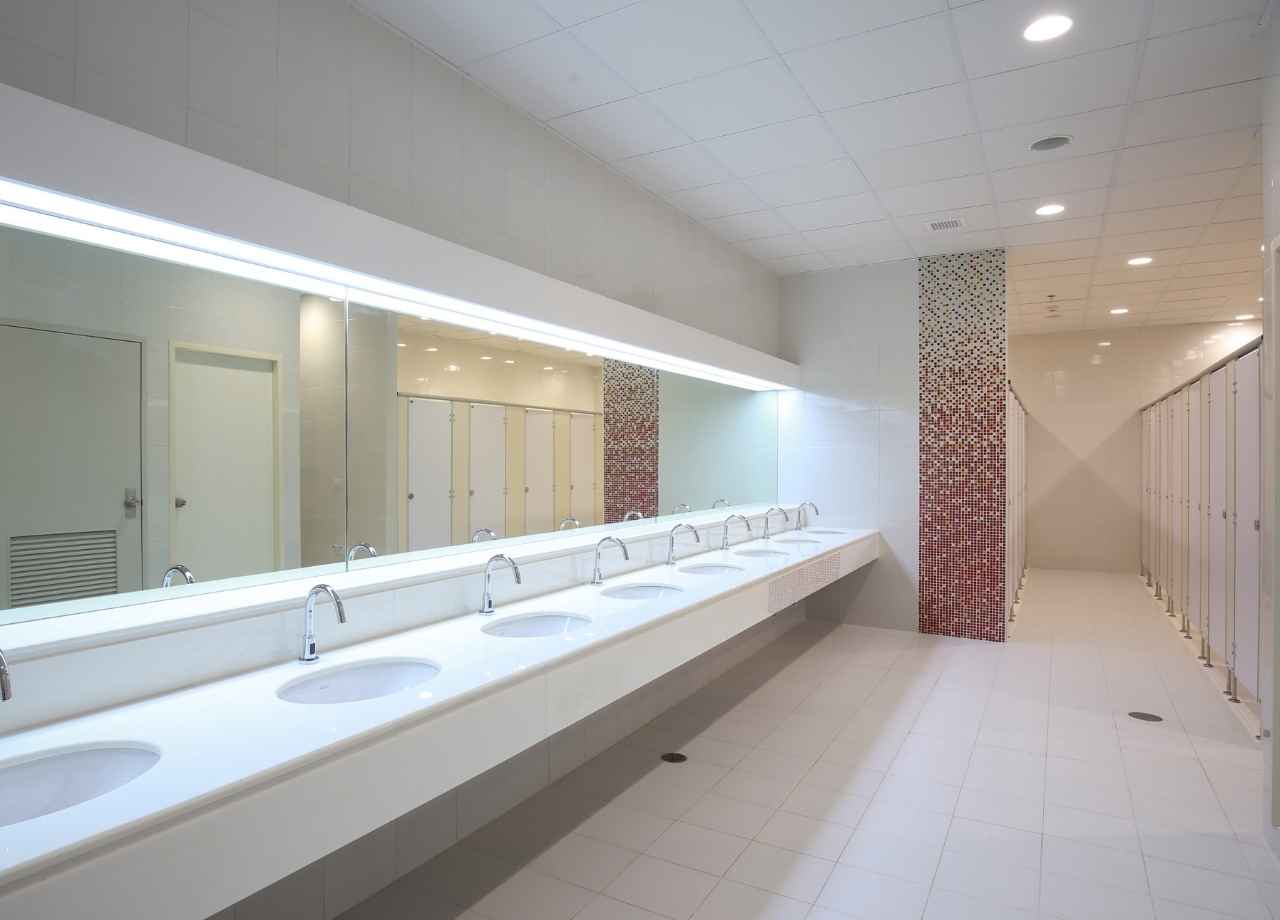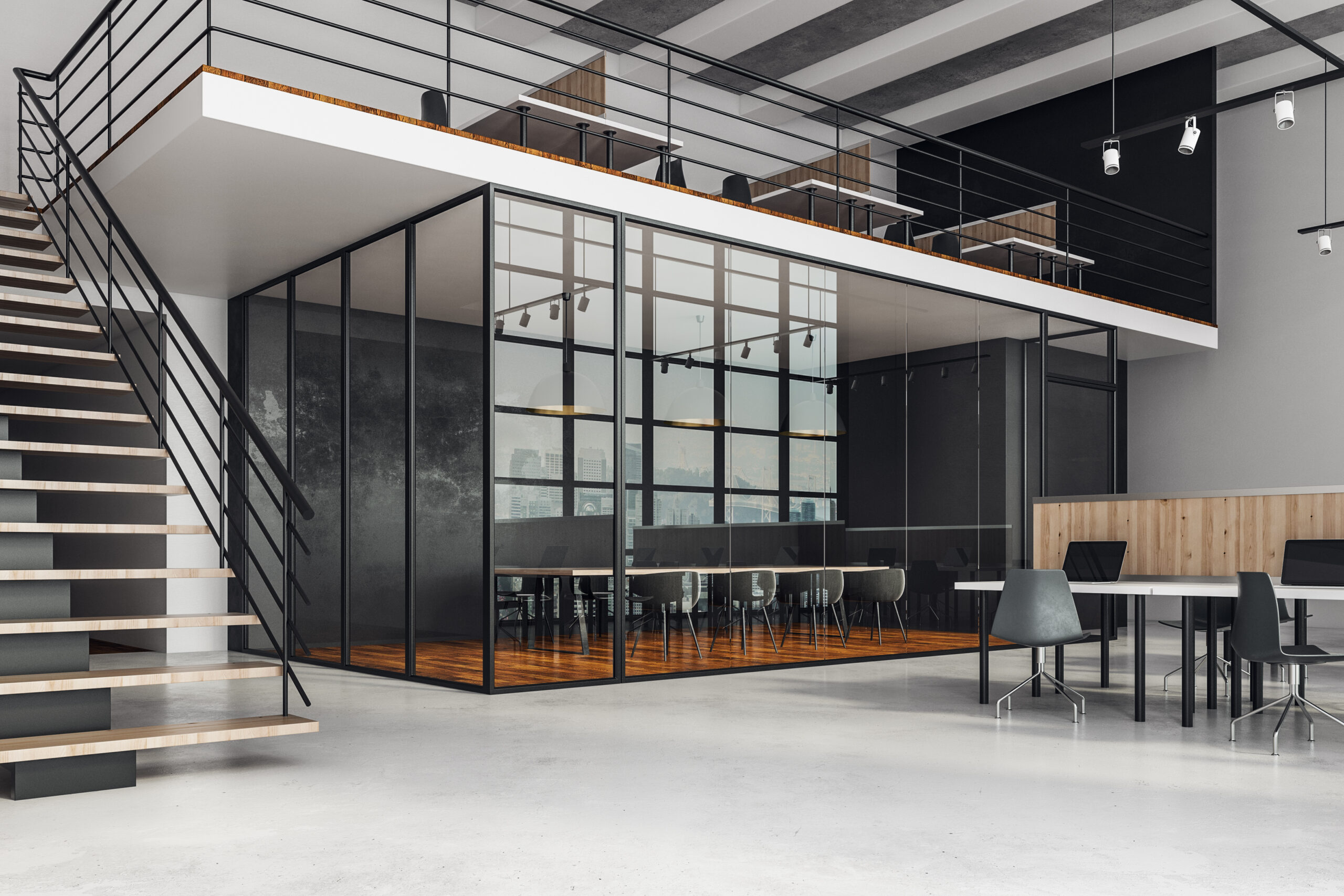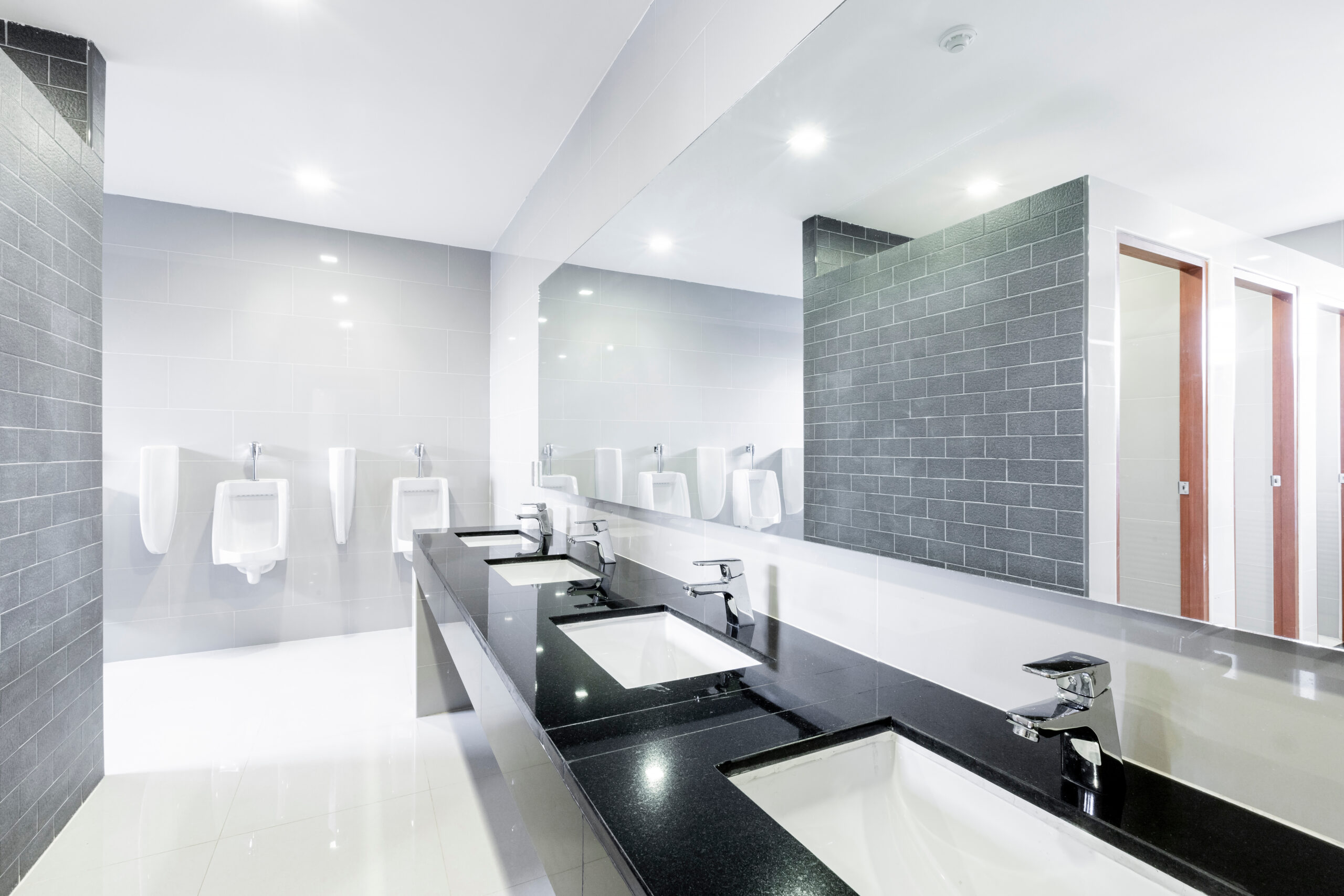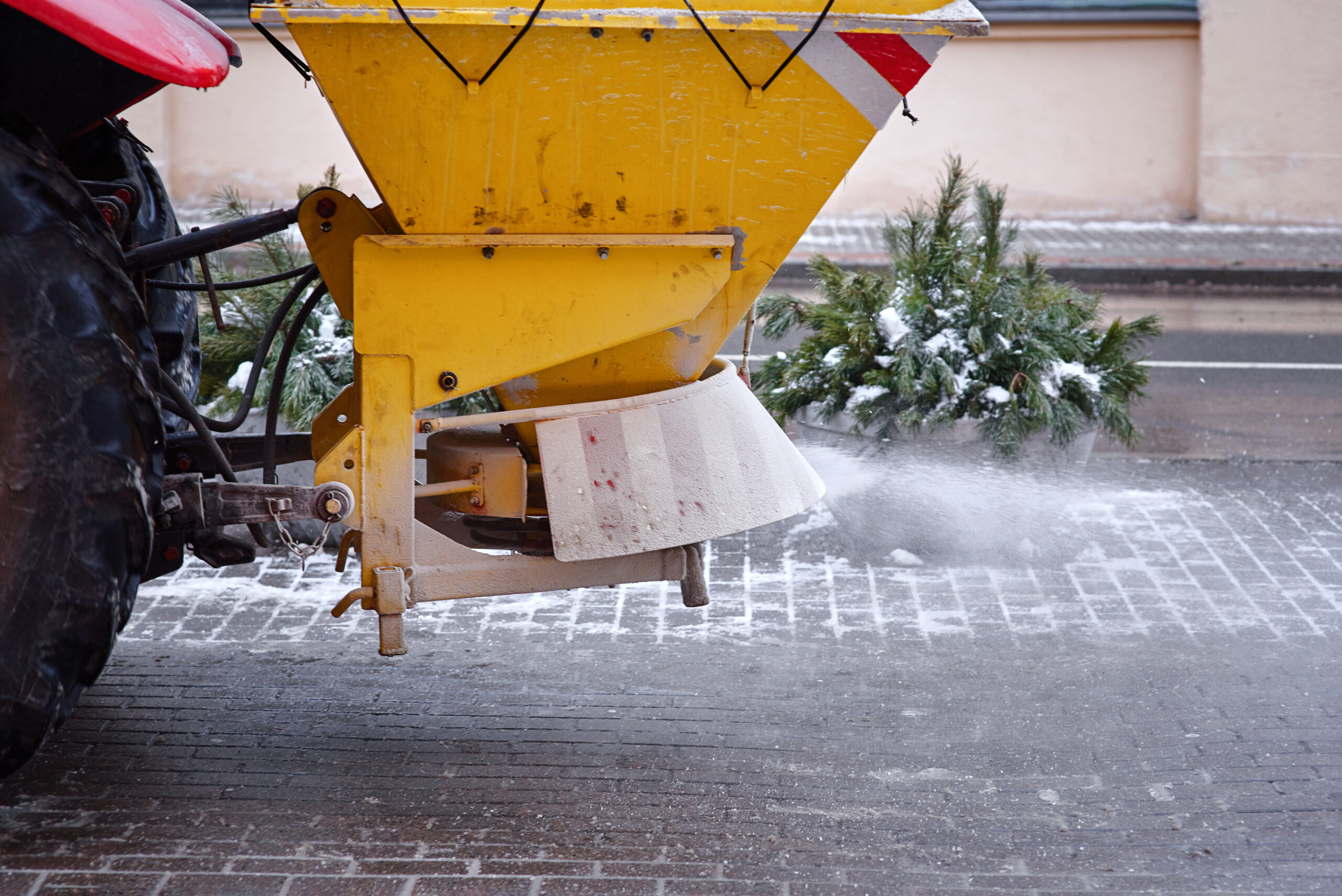How To Maintain Commercial Restroom Cleanliness Standards
Maintaining a spotless commercial restroom comes down to routine consistency, smart planning, and empowering staff to uphold standards. A well-kept restroom reflects the overall condition of a facility—it tells employees and guests that details matter, safety is prioritized, and operations are under control.
Restrooms are high-touch, high-traffic zones where cleanliness—or the lack of it—is quickly noticed. With the right approach, daily maintenance becomes less about reacting to messes and more about preserving a professional, safe, and welcoming environment.
Daily Routines That Keep Restrooms Spotless
A simple, repeatable daily checklist is the foundation for preventing issues before they escalate. A clean restroom doesn’t just happen at the beginning of a shift—it needs attention throughout the day.
Start each morning with a top-to-bottom inspection:
- Check all surfaces: sinks, countertops, toilets, urinals, mirrors, and walls.
- Clean mirrors using streak-free, quick-dry glass cleaner.
- Disinfect high-touch areas like flush handles, faucet levers, door handles, and soap dispensers.
- Spot-check and sanitize floors using an enzyme-based floor cleaner that cuts organic buildup.
- Refill all dispensers before they hit low levels—soap, paper towels, toilet tissue.
- Apply toilet bowl cleaner with appropriate dwell time, then scrub for full disinfection.
Mid-morning and late-afternoon follow-ups help maintain that cleanliness standard as traffic fluctuates. These short, frequent check-ins help custodians stay ahead of problems like overflowing bins, unpleasant odors, or spills that could lead to slip hazards.
Staffing Strategies That Make a Difference
Assigning restroom coverage during all shifts improves accountability and helps maintain consistent conditions. During high-traffic times—lunch hours, shift changes, or event peaks—restrooms should be checked every 60 to 90 minutes. During slower periods, a two-hour interval may suffice.
Equip custodial staff with portable kits containing:
- Disinfectants
- Microfiber cloths
- Gloves
- Trash liners
- Small signage for wet floors or service in progress
Staff visibility matters. When cleaning personnel are present near or inside restrooms, guests often treat the space with more care. It signals that the facility is monitored and maintained.
Encourage custodial staff to take ownership of their assigned zones. Provide an easy way for them to report issues such as leaky fixtures, graffiti, or inventory shortages using a logbook or mobile app. When team members feel empowered to speak up and supported when they do, standards rise naturally.
Smart Product Choices: Efficiency Meets Quality
Not all cleaning products or equipment are created equal. Using the right tools improves results, cuts time, and keeps restrooms more hygienic for longer periods.
- Microfiber cloths reduce cross-contamination, absorb more dirt, and can be laundered for reuse.
- EPA List N disinfectants or FDA hospital-grade cleaners ensure proper disinfection of viruses and bacteria.
- Enzyme-based products are effective for organic matter and less harsh on surfaces and air quality.
Touchless dispensers reduce the spread of germs and streamline restocking. High-capacity toilet paper and soap dispensers reduce refill frequency. Locking waste bins prevent tampering and reduce litter.
By choosing commercial-grade tools and supplies, facilities save on labor time, prevent damage from harsh chemicals, and create a more polished, consistent appearance.
Floor Care That Lasts Through Heavy Foot Traffic
Restroom floors handle more traffic than nearly any other space in a commercial building. Whether it’s tile, vinyl, or epoxy, daily and weekly care keeps them safe and sanitary.
- Sweep or dry mop several times per day.
- Mop with a neutral or enzyme-based cleaner to avoid sticky residue and promote faster drying.
- Place wet floor signage until completely dry.
- Use auto scrubbers or hot water extraction weekly, especially for grout or porous concrete.
- Reseal grout lines every six months to repel moisture and reduce staining.
Slippery or worn floors don’t just look bad—they’re a safety hazard. Addressing stains, buildup, or broken tile early prevents accidents and long-term damage.
Odor Control That Works Proactively
Odors are one of the fastest ways for users to judge a restroom as clean or not—even if all surfaces appear spotless. Tackling odor at the source is essential.
- Use urinal screens or deodorizer blocks that release scent with each flush.
- Install automatic air fresheners with scheduled release cycles.
- Clean floor drains monthly using enzyme-based drain cleaners.
- Keep ventilation systems running during all business hours.
- Replace HVAC filters regularly to prevent stale air.
Persistent odor—especially sewage or acidic smells—often indicates deeper issues like a dried-out trap or sewer gas infiltration. These require plumbing attention and should never be masked with scent alone.
Spotlight on Handwashing Compliance
Even in well-maintained restrooms, handwashing compliance remains a challenge. A restroom that encourages hygiene helps protect the wider facility.
- Install friendly signage near sinks: “Wash for 20 seconds” with a timer graphic.
- Offer skin-safe moisturizing soap to improve user comfort.
- Maintain full paper towel dispensers at all times.
- Consider HEPA-filtered hand dryers to reduce paper use and enhance cleanliness.
Staff should be trained on hygiene basics so they can reinforce habits informally—especially in schools, food service, or healthcare environments.
Audit Tools That Keep Standards High
- Tracking what’s been done—and when—is key to consistency.
- Use paper logs or digital checklists to document cleanings and restocks.
- Include fields for time, initials, supplies refilled, and notes on issues spotted.
- During weekly reviews, note trends like frequently empty dispensers or recurring spills.
- Incorporate restroom performance into quarterly quality audits.
- Chart results and feedback to identify gaps and set improvement goals.
Auditing restroom care helps justify staffing levels, product choices, and even capital upgrades over time.
Rewards and Recognition Keep Team Motivation Strong
Recognition drives better performance. Celebrate small wins and individual contributions.
- Name a “Restroom of the Month” for top upkeep.
- Offer thank-you notes, public shoutouts, or small bonuses.
- Share positive comments from visitors or staff.
- Host skill-building sessions on etiquette, guest interaction, and sanitation best practices.
When teams feel appreciated and see the results of their work, they’re more likely to take pride in their role and keep raising the bar.
Planning for Preventive Maintenance
Restrooms aren’t just about cleaning—they’re also full of fixtures that wear over time. Without scheduled checks, a minor leak can become a major disruption.
- Schedule quarterly inspections to tighten loose handles, check faucet flow rates, and ensure proper toilet flush strength.
- Replace worn flappers or seals to prevent drips and overflows.
- Update grout, caulk, and trim as they age.
- Switch to low-flow toilets and sensor faucets to reduce water use and maintenance needs.
- Keep an updated list of fixture installation dates and part numbers for faster repairs.
Good maintenance supports great cleaning—because you can’t clean around broken equipment and expect a good impression.
Adapting for Special Situations
Not all commercial restrooms are alike. Some environments demand stricter routines.
For high-traffic locations like airports, arenas, or large office buildings:
- Add more frequent checks during events or peak foot traffic.
- Place restroom attendants during peak times.
- In healthcare or food processing:
- Use color-coded tools (e.g., red for toilets, blue for floors) to prevent cross-contamination.
- Label cleaning supply containers with usage zones: “TOILET ONLY.”
- Follow any specific OSHA or FDA guidelines for restroom sanitation.
Temporary increases in traffic—like festivals or renovations—may require portable restrooms or trailers. Even these units should follow the same cleanliness principles to protect brand image and user satisfaction.
Sustainable Practices That Don’t Sacrifice Cleanliness
Sustainability doesn’t mean compromising hygiene. There are many ways to be both clean and environmentally conscious.
- Choose cleaners certified by third-party standards like Green Seal or EPA Safer Choice.
- Install low-flow faucets and urinals to cut water waste.
- Use recycled toilet paper and paper towels with high post-consumer content.
- Choose soap and towel dispensers that limit waste per use.
- Monitor water usage and adjust fixture settings as needed.
Track usage and waste metrics where possible—this supports ESG goals and gives data you can share with stakeholders.
Handling User-Caused Damage or Misuse
- Restrooms see misuse—whether from vandalism or simply confusion.
- Post clear signage near fixtures: “Toilet Paper Only” in English and common second languages.
- Use transparent liners in bins so improper trash stands out.
- Schedule early-morning inspections after busy nights or events.
- Install tamper-proof fixtures where repeat issues occur.
- Log all incidents and report repairs to keep a record of problem trends.
Addressing these issues quickly shows that the facility is actively managed, reducing the likelihood of repeat offenses.
Emergency Response for Major Issues
Every facility faces moments where a major issue hits: an overflowing toilet, a clogged drain, or a burst pipe. A quick, organized response limits damage and downtime.
- Train staff to block off affected areas quickly and post signage.
- Keep spill kits with absorbent pads and powders near high-risk zones.
- Know who to call for plumbing support, and track service response times.
- Follow up with a short debrief to identify if preventive measures were missed.
Emergencies reveal how prepared your team really is. A fast, calm response keeps customers safe and maintains confidence in your facility’s professionalism.
Why Restroom Cleanliness Impacts Business Reputation
Customers, tenants, and employees make lasting judgments based on restrooms. A clean space reassures them that a business is detail-oriented, responsible, and trustworthy.
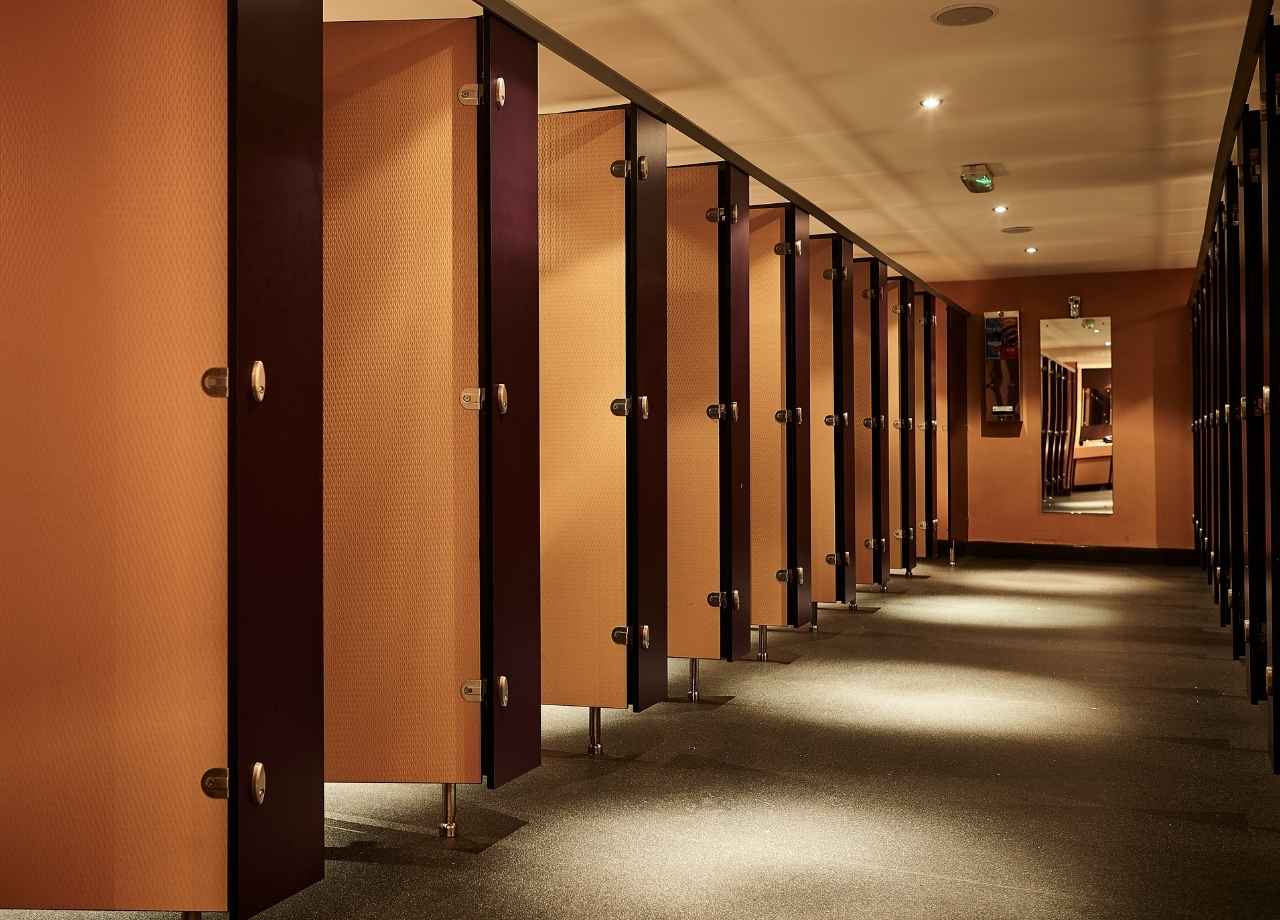
On the flip side, dirty restrooms get noticed—and talked about. Negative online reviews often start with poor restroom conditions. Even in buildings with great service or amenities, a poorly maintained restroom can be the most remembered part of the visit.
Building a Culture Around Cleanliness
Restroom upkeep is not just a cleaning task—it’s part of the culture.
- Include restroom procedures in staff onboarding.
- Post visual reminders in custodial areas about inspection frequency.
- Run short refresher sessions monthly.
- Celebrate great scores, smooth inspections, or zero-complaint weeks.
When restroom care is part of daily conversation, standards stick. It’s no longer just a job—it becomes a shared value.
Cost-Benefit: Routine Care Versus Reactive Repair
Budgeting for consistent cleaning and maintenance avoids the hidden costs of major plumbing failures, emergency repairs, and customer churn. Just a small monthly investment in quality disinfectants, microfiber cloths, and upgraded fixtures yields long-term savings in both dollars and reputation.
Think of it as insurance—clean restrooms reduce the odds of the problems that cost the most.
Tips for Small or Low-Budget Operations
Smaller facilities or lean teams can still maintain high standards:
- Use versatile disinfectants that clean multiple surfaces.
- Rent deep-cleaning equipment quarterly rather than purchasing.
- Create a rotating cleaning plan so every restroom gets deep-cleaned once per week.
- Share responsibilities across roles to prevent burnout or oversight.
Every team can find a rhythm—no matter the budget—if the commitment to quality is there.
National Facility Contractors: Supporting Clean Facilities from the Ground Up
National Facility Contractors helps organizations maintain restroom standards that reflect the excellence of their brand—through scheduled cleaning support, emergency plumbing response, and facility-wide maintenance plans that prevent problems before they start.
Final Thought: Cleanliness Is Continuous, Not Complete
Maintaining commercial restrooms isn’t a one-off task. It demands consistent discipline, responsive tools, engaged staff, and strategic oversight. When teams follow smart routines and take ownership, restrooms stay cleaner—and so does your reputation.
A clean restroom doesn’t just serve users—it speaks for your entire operation. Keep the mirrors spotless, floors dry, air fresh, and supplies stocked. That daily attention pays off in stronger trust, better reviews, and a facility everyone is proud of.

